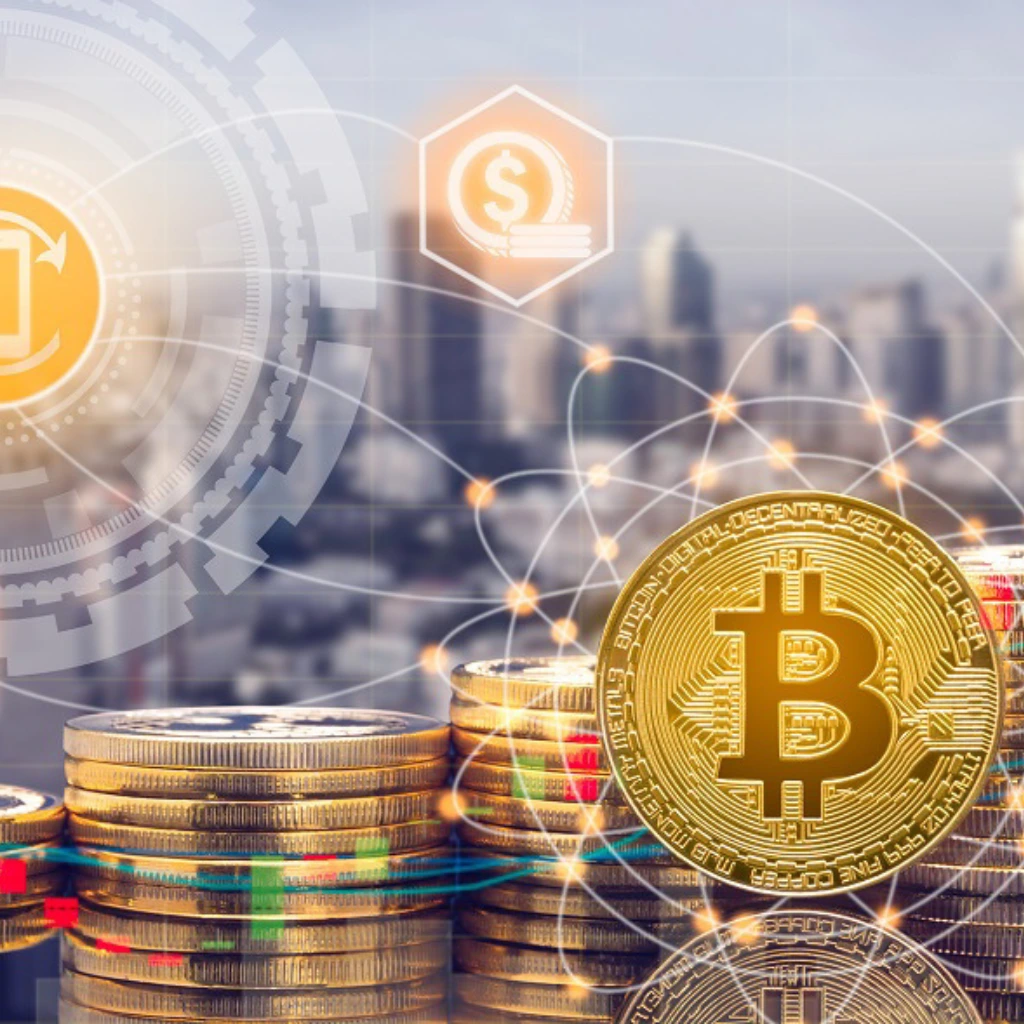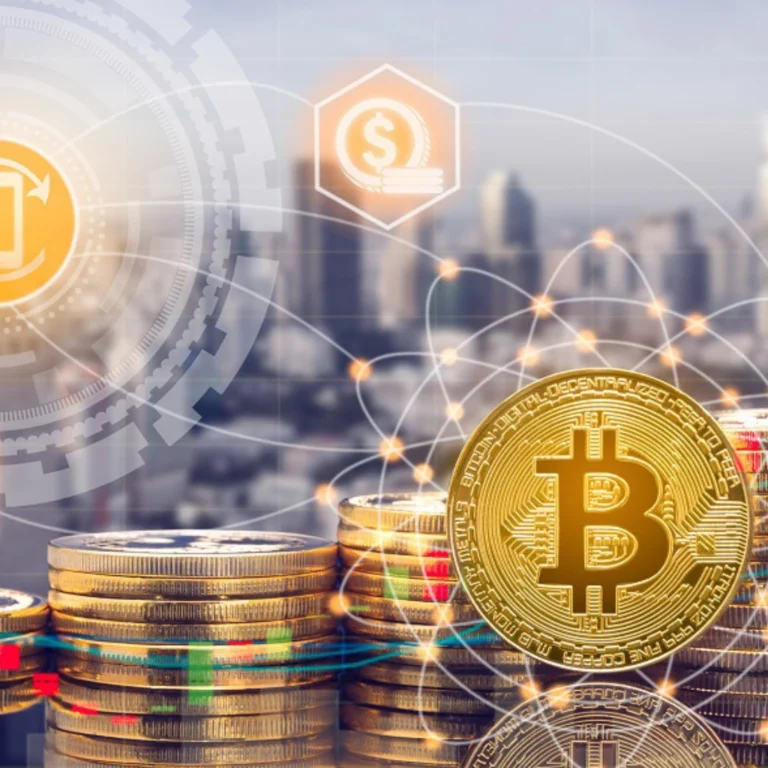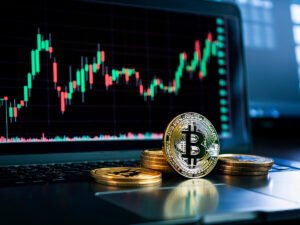The spot vs futures debate is one of the first decisions you’ll face when exploring the trading world—especially in fast-moving sectors like crypto, commodities, or forex. While both are legitimate and widely used, they function very differently. Understanding these key distinctions can help you make more confident and strategic decisions in the market.
1. Spot vs Futures: Timing and Trade Execution
Timing is everything when comparing spot vs futures trading.
In spot trading, transactions happen in real time. You buy or sell an asset at the current market price, and the deal settles almost instantly—usually within minutes. There’s no waiting period or contract expiration. It’s ideal for those who prefer simplicity and speed.
Futures trading, however, involves entering into a contract to buy or sell an asset at a predetermined price at a specific point in the future. You’re not exchanging the asset now—you’re making a time-bound agreement. This adds a layer of planning and speculation, especially when markets move quickly.
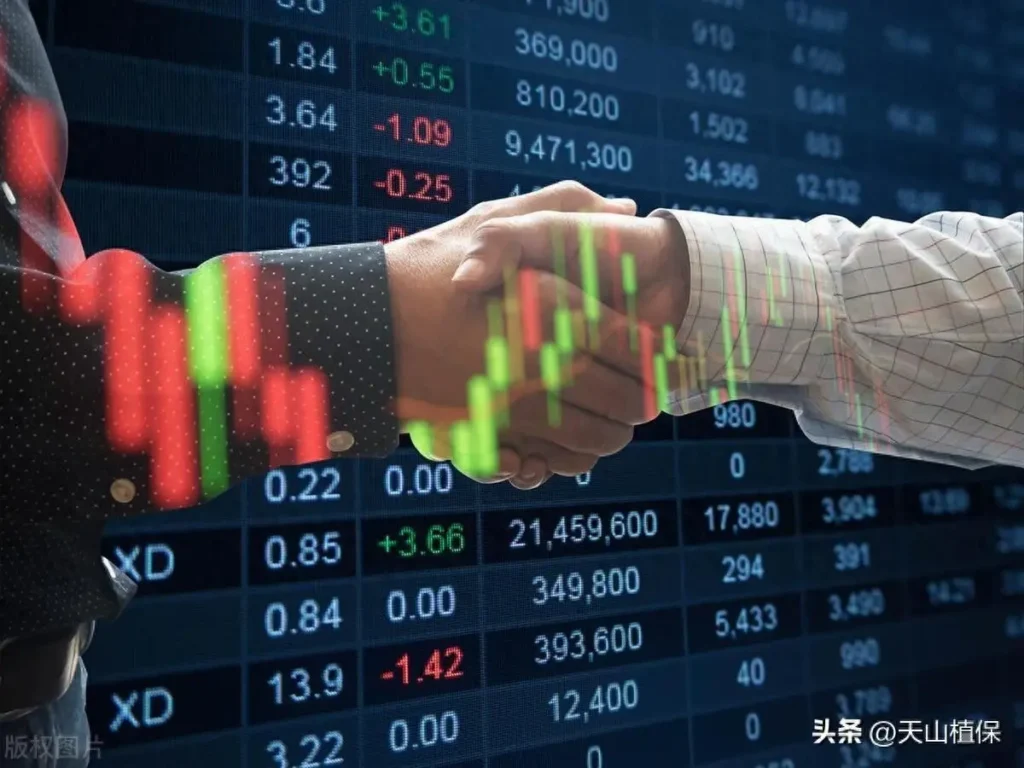
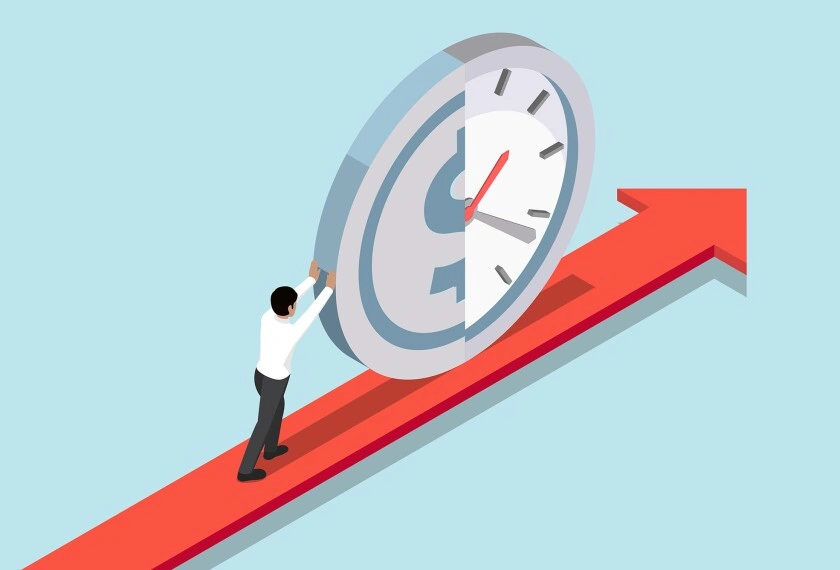
2. Who Actually Owns the Asset?
Spot trading gives you direct ownership—futures trading does not.
When you trade in the spot market, you hold the actual asset. If you purchase Bitcoin, gold, or a stock, it becomes yours to keep, transfer, or sell whenever you choose. This ownership is often important for long-term investors who want tangible control over their holdings.
Futures contracts don’t provide ownership. Instead, they give you exposure to price movements without physically holding the asset. This makes them more flexible for traders who are focused on speculation rather than possession—but it also removes some of the security and simplicity that comes with owning the asset outright.
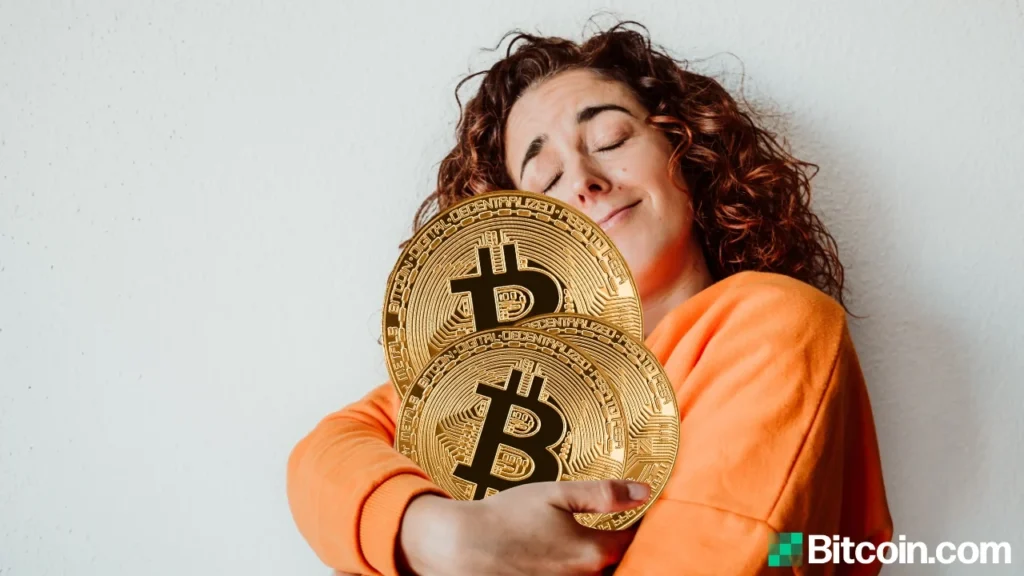
3. Spot vs Futures: Leverage and Capital Risk
Futures trading amplifies potential gains—and potential losses.
Spot trading uses your actual capital. If you invest $1,000, that’s your total exposure. This limits your downside, making it generally less risky—unless you’re borrowing externally or using margin in certain markets.
Futures trading allows for leverage. You can control a much larger position with a relatively small amount of capital. While this increases the potential for high returns, it also raises the risk of rapid losses. Traders must maintain margin requirements and monitor their positions closely, especially in volatile environments like crypto or oil.

4. Best Use Cases Based on Trading Style
Different trading styles call for different tools.
Spot trading is often better suited to beginners, passive investors, or those who prefer to “buy and hold.” It’s transparent, requires no complex strategies, and provides actual ownership of assets, which can be ideal for long-term portfolio building.
Futures trading caters more to active traders and institutions. From hedging large positions to short-selling and speculating on downward trends, futures offer powerful tools for managing both opportunities and risks. However, they require a deeper understanding of market mechanics and stricter risk management.

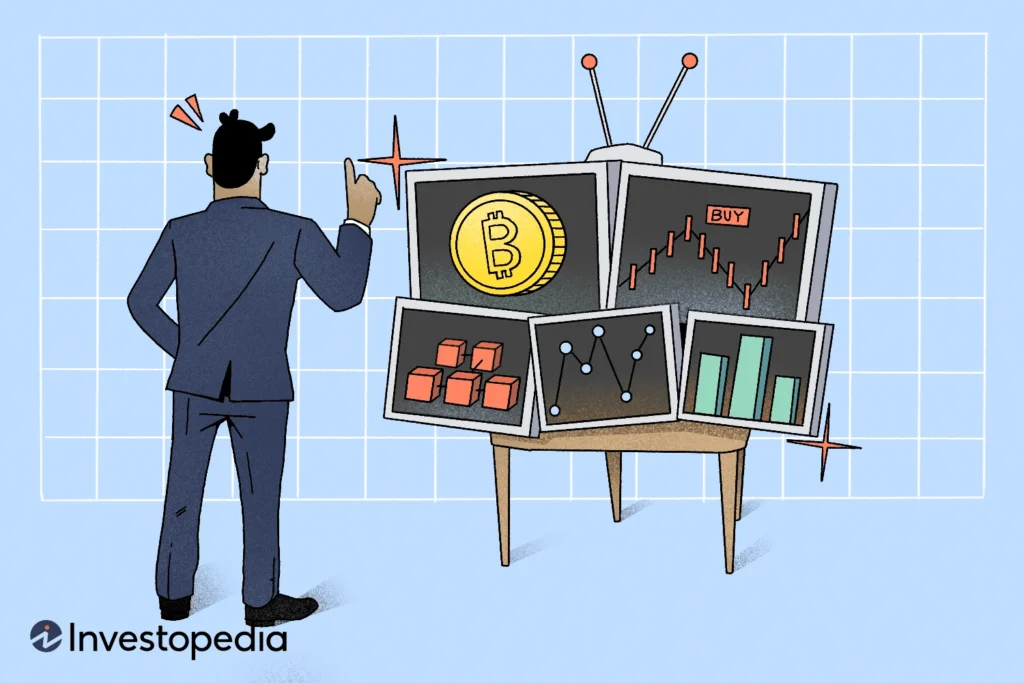
5. Spot vs Futures: Flexibility in Volatile Conditions
Futures offer more strategic options in fast-changing markets.
In volatile markets, spot traders generally follow price trends—buying low and selling high. It’s a straightforward approach that relies heavily on market timing and momentum.
Futures, by contrast, provide greater tactical flexibility. You can short-sell without owning the asset, use leverage to magnify trades, or hedge against adverse price movements. Advanced traders also take advantage of arbitrage opportunities between different markets or expiration dates—something that’s not possible with spot trades alone.
Final Thoughts: Know Before You Trade
There’s no one-size-fits-all answer in the spot vs futures conversation. The right choice depends on your trading goals, experience level, and risk tolerance.
Spot markets offer immediacy, ownership, and simplicity. Futures markets provide leverage, flexibility, and advanced tools—but also demand more attention and discipline.
Start small, learn the mechanics, and never invest more than you can afford to lose. Whether you’re building a portfolio or planning your next trade, understanding the differences between spot and futures is your first step toward smarter decision-making.
Relevant news: here

